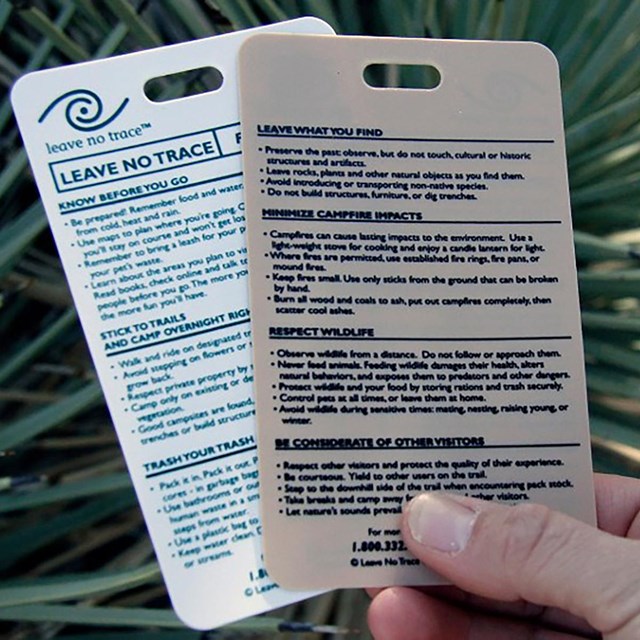
NPS/Neal Herbert
Although there is no federally designated wilderness within Canyonlands National Park, most of the park is recommended wilderness. The recommended wilderness area currently includes 260,150 acres and another 18,270 acres of potential wilderness additions. Backcountry vs. WildernessCanyonlands has both backcountry and wilderness, but how are they different? Sometimes these words are used interchangeably, but there are distinct differences. As stated in the Superintendent's Compendium, "all lands, including four-wheel-drive roads and the Shafer Trail below the Shafer day-use parking area, and waters within the boundaries of Canyonlands National Park are designated as backcountry..." Exceptions include two-wheel-drive roads, adjacent areas to those roads, and administrative buildings. The 1995 Backcountry Management Plan, 1984 River Management Plan, and Superintendent's Compendium provide guidance on backcountry management strategies to protect natural resources, maintain high quality visitor experiences, and be flexible as condition changes arise. 
NPS/Bryce Delaney Wilderness CharacterCanyonlands National Park recommended wilderness preserves wilderness character, a concept unique to federal wilderness. This includes the qualities of natural, untrammeled, undeveloped, outstanding opportunities for solitude and primitive, unconfined recreation, and other features of value (like cultural, historic, geologic, paleontological, and scientific values). These qualities of wilderness character form the foundational setting from which a broad spectrum of wilderness values is derived. Wilderness BenefitsWilderness offers social, cultural, and ecological benefits rooted in wilderness character preservation. It protects vast ecosystems and habitats, the cultural values of place, human-powered access, co-existence with the environment, and more. These benefits can be felt and experienced differently by people; wilderness has the potential to be of lasting benefit to everyone. 
A Wilderness Character
Learn about wilderness and visitor experiences here in Canyonlands in this digital exhibit. 
Photo courtesy of Avery Sloss Experiencing WildernessThe arduous access into much of Canyonlands magnifies its wilderness character. It can be a vast and unforgiving environment. This is a place where visitors can fully exercise their intuition and outdoor skills; a landscape where travel can be extremely dangerous, a place not for the faint of heart. Full awareness of self and surroundings, as well as a strong measure of caution is essential. These challenges evoke a connection between people and nature that is unparalleled. Learn about recreational opportunities in the backcountry which overlap with, or provide access to, the wilderness.
|
Last updated: April 29, 2025



